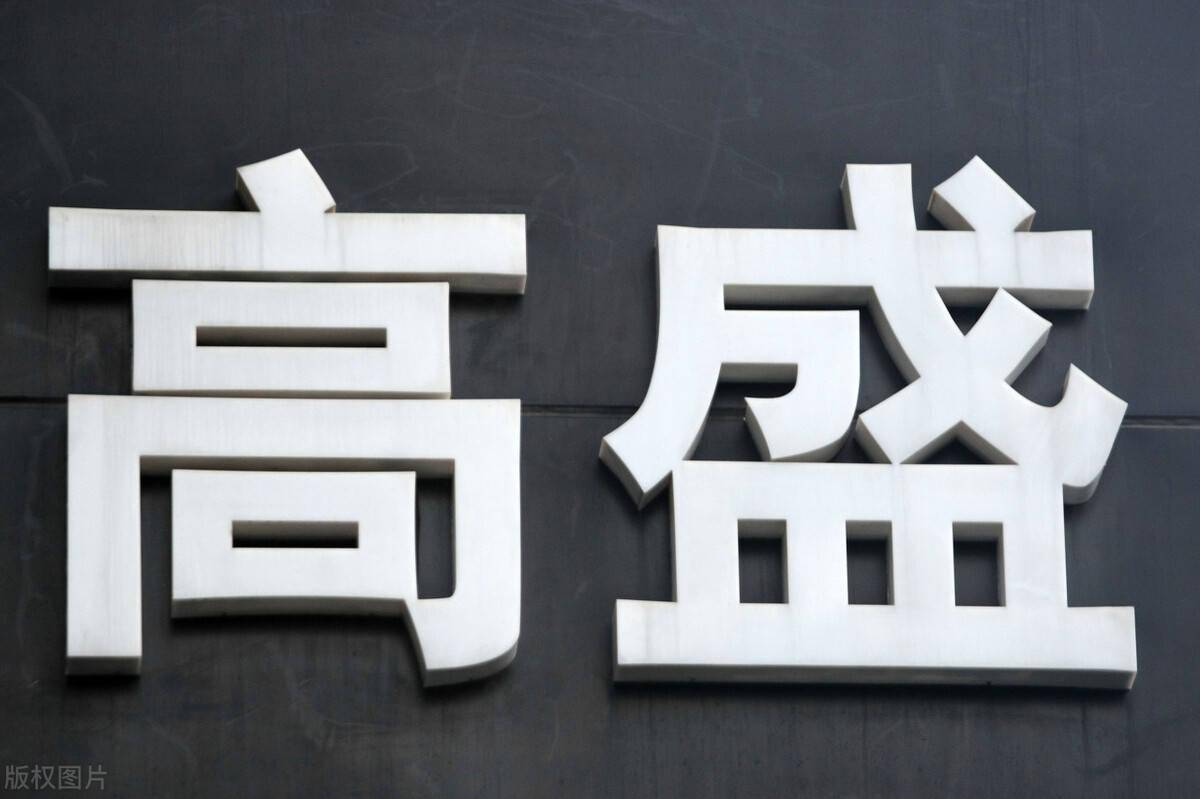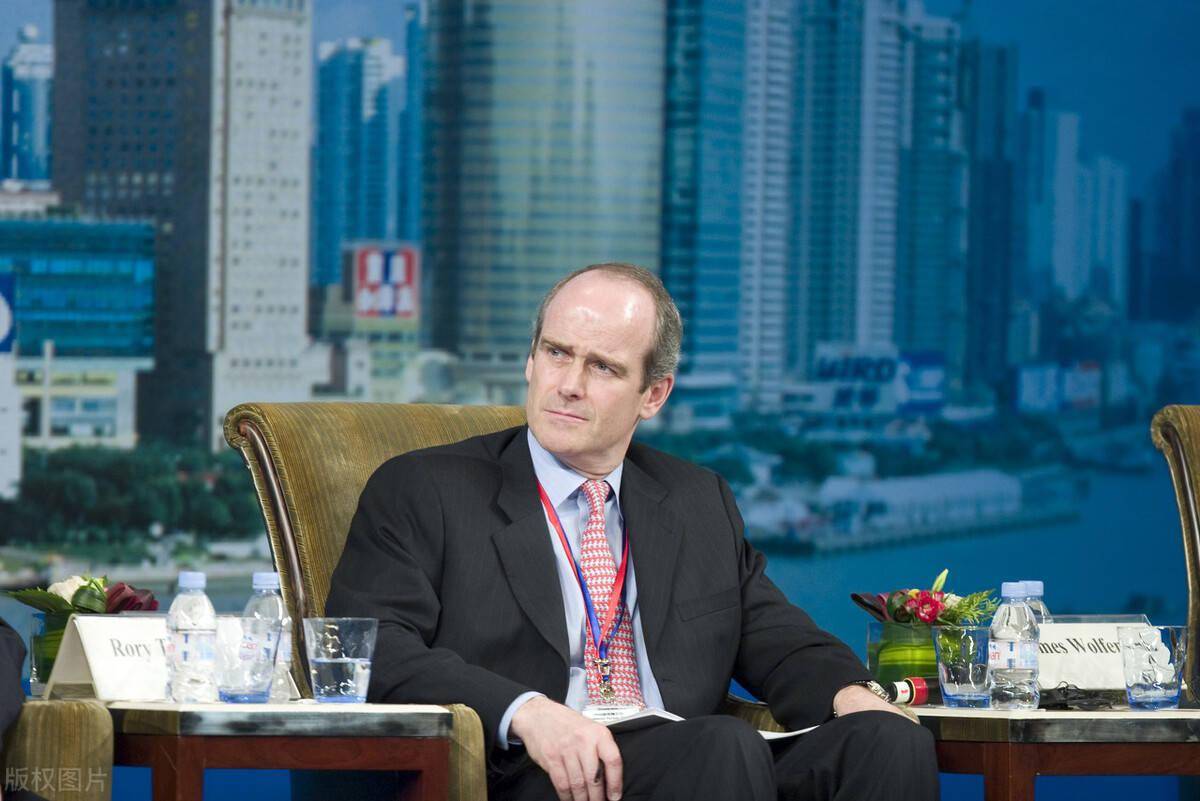Goldman Sachs advises investors to prepare: the actual yields of U.S. bonds are expected to rise
Text/Editor of Huitong.com: Qin Meng
A corner of the U.S. Treasury bond market is surging, or it may bring new shocks to global risk assets.Goldman Sachs Group expects that the recovery of the U.S. economy will enable the real yield of U.S. long-term Treasury bonds to rise by about 40 basis points, thus reaching the level before the new crown epidemic
Before the bizarre fall in U.S. Treasury yields this month, the sharp decline in U.S. Treasury bonds this year shocked Wall Street.There is a view that if inflation-adjusted yields rebound positively, the market may be caught off guard

Mueller-Glissmann pointed out that the actual rate of return is still 40 to 50 basis points lower than the average level of the five years before the outbreak of the new crown crisis. At that time, investors were generally pessimistic about the long-term growth prospects, and this repricing does not necessarily happen in the short term. , May be carried out within a few quarters; there is still room for the volatility of the interest rate market, which may at least cause temporary indigestion of other assets;
Goldman Sachs strategists recommend that clients use options to bet on higher yields, or go long on the volatility of U.S. Treasury bonds
The US 10-year Treasury bond yield situation is as follows: A change of 2 basis points can show that since mid-March, the range of fluctuations in the Treasury bond market has not been very large.

When considering the conditions required to break through this range, an important lesson from Monday is that it is not enough just for oil prices to fall to negative values. The Fed’s increased participation in the secondary market for US Treasury bonds (effectively monetizing the deficit) has reshaped investors’ expectations of achievable volatility.
The unlimited quantitative easing policy played a role in this transition, and the conversation about the possibility of the upper limit of the yield curve, advocated by Fed officials, also played a role.
Trier Bank analysts believe that, in contrast, it is more realistic for the yield to fall to 0.25% in the short term. This is based on the assumption that although there is a broad consensus that “things will get worse” in terms of the impact of the spread of the epidemic on actual output, the downward pressure on inflation is being guided, but it has not yet been fully integrated into the financial market.

Recently, in the context of abundant market liquidity and steady economic recovery, the global emerging market financial markets have begun to become sensitive, and it seems that both ups and downs are beginning to look at the 10-year U.S. Treasury yield.
As long as U.S. bond yields soar, it is no surprise that stocks, funds, or commodities will be suppressed and prices will fall.
Favorites
Report





























































You must log in to post a comment.